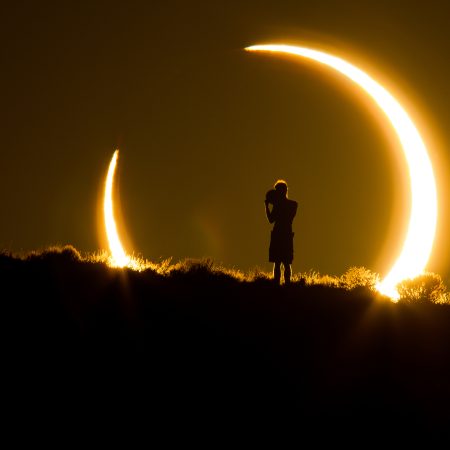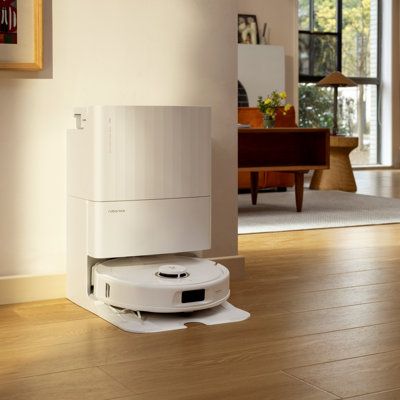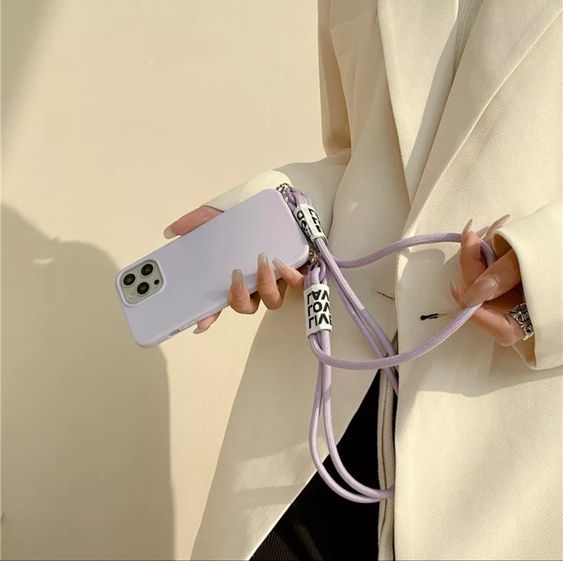“August 21, 2017 may turn out to be the most popular vacation-day request in history,” Michael Bakich wrote in Astronomy magazine back in 2014. Three years later, his prediction is proving to be very true.
Why? Well, as most of us know, this Monday, August 21, 2017, will be the day of the biggest cosmic event in North America — and you don’t want to miss it. Of course, we’re talking about the Total Solar Eclipse. Excited but don’t know what the phenomenon means? For those of us who aren’t astronomy experts, NASA offers this clear description of exactly what happens during a total solar eclipse: “During the total solar eclipse, the Moon’s shadow will cross the United States from Oregon to South Carolina in just an hour and a half. But the shadow won’t travel across the country at the same speed. Instead, its speed will vary — and be depending on location, so too will the duration of totality, the fleeting minutes when the Moon completely covers the Sun.”
One thing to know for the solar eclipse: The solar eclipse is beautiful and a once-in-a-lifetime occurrence, but it can also be dangerous if you don’t follow proper viewing guidelines, so whatever you do, do not look at the sun directly without equipment that’s expressly designed for solar viewing. Do not even use standard sunglasses, binoculars or telescopes to watch the eclipse, as the light could severely damage your eyes.
If you didn’t have time to get safe eyewear for viewing the eclipse, we have some good news. According to NASA, you can still see the rare celestial event sans fancy glasses by making a pinhole camera from a cereal box.
Wait, what? NASA recently released this video showing how to use a cereal box to view the solar eclipse safely.
Looking for more? Some astrological wisdom from us here at Style Salute: During the eclipse, take just a few seconds to tear your eyes away from the sky and scan the horizon to enjoy an incredible 360° sunset. You’ll see sunset colors all around you because, in effect, those locations are where sunset (or sunrise) are happening. Cool? We thought so.
Happy eclipse viewing! Learn more at eclipse2017.nasa.gov.






